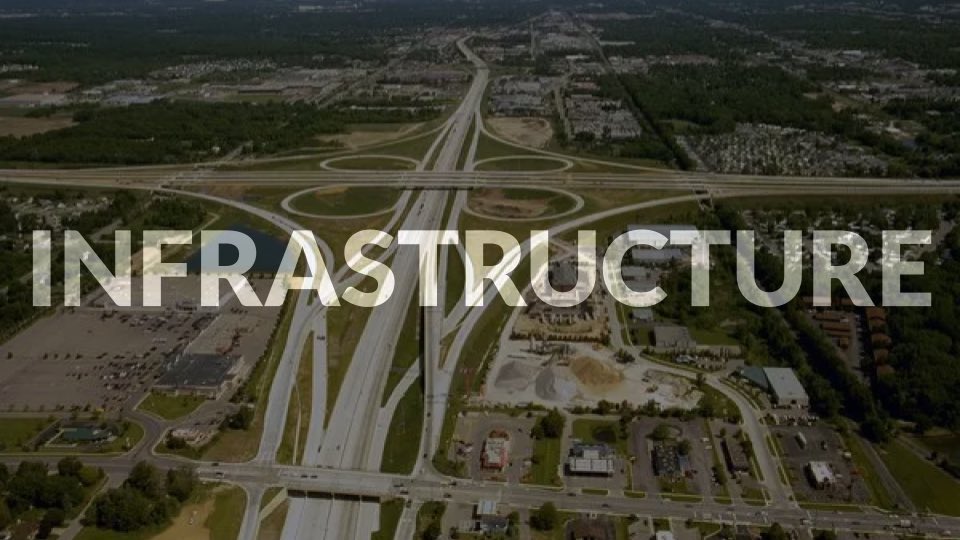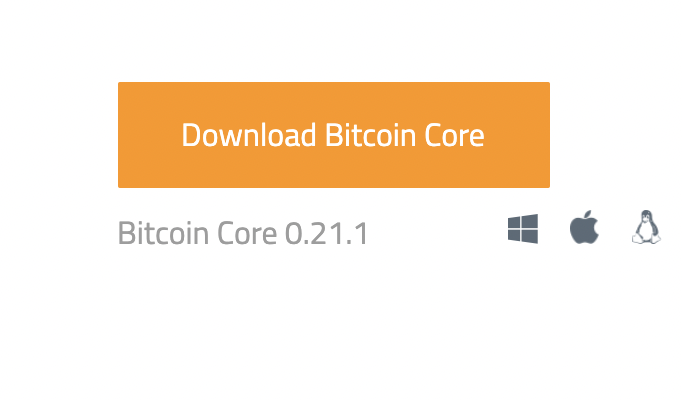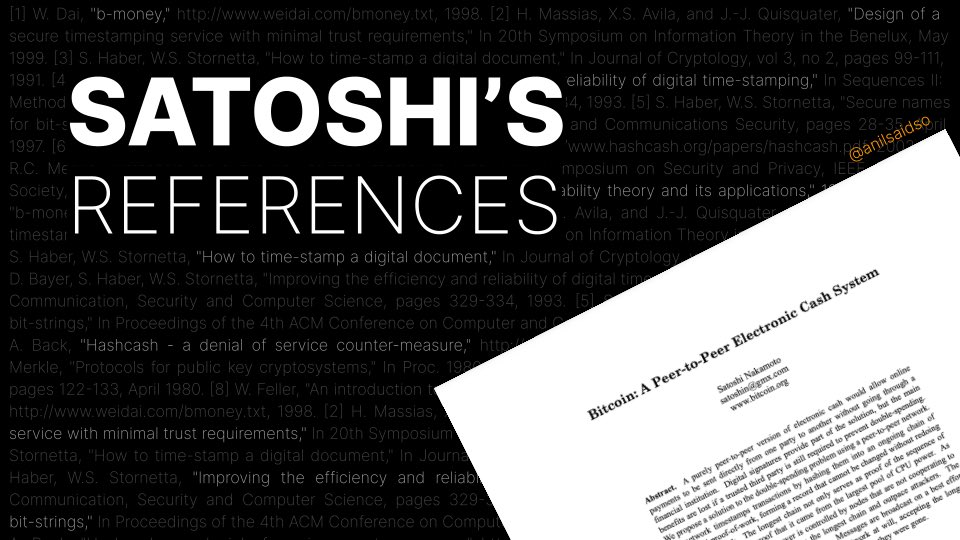
The modern North American city has attempted to reverse centuries of accumulated wisdom by centrally planning complex, adaptive systems without a mechanism to capture and incorporate feedback.
Strong Towns by @clmarohn explores this fiat-fueled phenomena.
🧵
Strong Towns by @clmarohn explores this fiat-fueled phenomena.
🧵

1/ “We have brought forward more than a generation of consumption capacity and, in a classic sense, should anticipate a generation of corrective sacrifice.” 

2/ “Growth once served us, but we now serve growth.
Each iteration of new growth comes with enormous future liabilities for local communities, a promise that the quickly denuding tax base is unable to meet.”
Each iteration of new growth comes with enormous future liabilities for local communities, a promise that the quickly denuding tax base is unable to meet.”
3/ “We traded our long-term stability for near-term growth.
Today, nearly every U.S. city has a backlog of routine infrastructure maintenance they will never be able to perform.
..miles of streets that won’t be fixed, and huge lengths of pipe that will never be replaced.”
Today, nearly every U.S. city has a backlog of routine infrastructure maintenance they will never be able to perform.
..miles of streets that won’t be fixed, and huge lengths of pipe that will never be replaced.”
4/ “Traditional cities weren’t stable because they lacked chaos; they were stable because routine difficulty forced the community to constantly adapt, to continually harmonize competing objectives.” 

5/ “Ecosystems do not become stable by suppressing volatility but by experiencing it regularly at levels designed to make the system stronger.”
https://twitter.com/anilsaidso/status/1234645585396764672?s=20
6/ “Complex, adaptive systems learn through destruction. It’s not survival of the fittest..but rather survival of the most adaptable.”
7/ “The urgent constraint we must address is one of simple math.
In the infinite game of building a community, our ongoing expenses currently exceed our ongoing revenues. Our liabilities exceed our wealth.”
In the infinite game of building a community, our ongoing expenses currently exceed our ongoing revenues. Our liabilities exceed our wealth.”

8/ “This infrastructure now becomes the infinite obligation of various governments..
Any community serious about their own financial stability is going to take the obvious first step and stop adding more liability.”
Any community serious about their own financial stability is going to take the obvious first step and stop adding more liability.”
9/ “Our challenge now is not about expanding our infrastructure networks but making better use of what we’ve already built.
To make that happen, we first need to understand where our wealth lies.”
To make that happen, we first need to understand where our wealth lies.”
10/ “Land is the base resource of our cities, and financial productivity should be examined in this same way.
What is the value per acre created by different development patterns? How productive are the neighbourhoods we build?”
What is the value per acre created by different development patterns? How productive are the neighbourhoods we build?”

11/ “How productive a community is in utilizing that resource has a direct bearing on the community’s wealth and its capacity to endure in this infinite game.”
12/ “The traditional development pattern - even when blighted and occupied by the poorest people in our communities - is financially more productive than our post-war neighbourhoods, regardless of their condition.”
13/ “we found that the newest neighbourhoods out on the edge were the most financially insolvent.
They are in the Illusion of Wealth phase of their development cycle..”
They are in the Illusion of Wealth phase of their development cycle..”
14/ “Density is accomplished by building large projects, all at once, to a finished state. It maintains the illusion of cities as static models, where mechanical variables can be calculated, predicted, and planned, without all the messy feedback loops.” 

15/ “This is not the way complex, human habitat works.
What happens when the market shifts and there is too much retail space and not enough office space? Or too much office space and not enough residential?”
What happens when the market shifts and there is too much retail space and not enough office space? Or too much office space and not enough residential?”
16/ “We don’t have to guess right to be successful; adaptability means there is no huge downside to being wrong.”
17/ “Cities that take on debt are bringing future spending into the present while obligating future residents to pay for [it].
Easy credit has culturally legitimized many actions that prior generations would rightfully have considered obscene.”
Easy credit has culturally legitimized many actions that prior generations would rightfully have considered obscene.”

18/ “We are now 70 years into this experiment and find ourselves with large amounts of debt while facing unpayable levels of obligations.
This isn’t a matter of raising taxes or cutting services to make things balance out. It is coming down to a decision more akin to triage.”
This isn’t a matter of raising taxes or cutting services to make things balance out. It is coming down to a decision more akin to triage.”

19/ “Too often, a local government confuses its insolvency for merely a cash-flow problem.
This is disastrous because it allows the community to put off dealing with the underlying financial problems while continuing on as if everything is fine.”
This is disastrous because it allows the community to put off dealing with the underlying financial problems while continuing on as if everything is fine.”
20/ “Nearly everyone I have spoken with sees Detroit as a kind of anomaly, some strange place unlike any other in America..
My narrative of Detroit is different.”
My narrative of Detroit is different.”

21/ “Prior to the Great Depression, Detroit was one of the greatest cities in the world. It was certainly one of the richest.
The amazing buildings still there today speak to Detroit’s once tremendous wealth and prestige.”
The amazing buildings still there today speak to Detroit’s once tremendous wealth and prestige.”
22/ “They were the first to create automobile suburbs. The first to experience people commuting into the city..
They were the first to transform the human habitat into what we recognize today as the modern North American city.”
They were the first to transform the human habitat into what we recognize today as the modern North American city.”
23/ “When society reached the Great Depression..there was a cluster of places centered on Detroit that fared comparatively well.”
24/ “by the end of WWII, it was very clear..what needed to happen if we wanted to keep from sliding back into economic depression: We all needed to copy the success of Detroit.
That is what we did.”
That is what we did.”
25/ “When you take a prosperous and stable city, spread it out at tremendous cost over an enormous area, denuding and bisecting the original fabric as part of the transition, then saddle it with decades of liabilities, you end up with Detroit.”
26/ “Like all bankruptcies, it happened slowly and then all at once.
Detroit is not some strange anomaly. It’s just early. It’s just a couple of decades ahead of everyplace else.”
Detroit is not some strange anomaly. It’s just early. It’s just a couple of decades ahead of everyplace else.”
27/ “A belief in the power of infrastructure investments to generate growth and prosperity is so deeply entrenched that it has imparied rational analysis.
..it is evident in how municipalities track their own wealth.”
..it is evident in how municipalities track their own wealth.”

28/ “The generally accepted accounting practices for municipalities counts infrastructure as an asset, not a liability.
With this approach, the more roads a city has, the more pipes in the ground..the richer that city is. It’s backward.”
With this approach, the more roads a city has, the more pipes in the ground..the richer that city is. It’s backward.”
29/ “When we build a road or a bridge or a mile of pipe, we’re left with an eternal maintenance obligation. If the project costs more than the wealth it creates - which most of the projects we are undertaking today do - then we’re just getting poorer, regardless of job creation.”
30/ “I don't have any magic that can keep decades of bad investments from unwinding. Much of what happens next is already baked into the North American cake.” 

31/ “Many of our infrastructure systems are going to completely fail, whole neighbourhoods will be abandoned, and cities are going to contract geographically.
This is built into the math.”
This is built into the math.”
32/ “Small problems accumulate until they aggregate into a broader failure. A fragile bridge will still carry traffic until the moment it collapses..
Indeed, blaming is part of the decline, a critical feature that fuels it along the path.”
Indeed, blaming is part of the decline, a critical feature that fuels it along the path.”
33/ “We’re starting from a point where no civilization has ever been.
No society has ever conducted an experiment of this magnitude on itself, ..literally discarding the knowledge for how to build the habitat that co-evolved with us. “
No society has ever conducted an experiment of this magnitude on itself, ..literally discarding the knowledge for how to build the habitat that co-evolved with us. “

34/ “Most cities prioritize maintenance based on the incorrect assumption that they are going to maintain everything they have built..
Intentional or not, that mind-set embraces a long decline.”
Intentional or not, that mind-set embraces a long decline.”
35/ “Cities must prioritize based on financial productivity..to stabilize their centers of wealth..
Local govt’s that prioritize maintenance based on the age and condition of infrastructure promise all their residents they will eventually get to them, even when that is untrue.”
Local govt’s that prioritize maintenance based on the age and condition of infrastructure promise all their residents they will eventually get to them, even when that is untrue.”
36/ “Our ancestors built their cities incrementally.
Projections are not necessary and propaganda math is irrelevant when things are built incrementally with ongoing feedback driving adaptation.”
Projections are not necessary and propaganda math is irrelevant when things are built incrementally with ongoing feedback driving adaptation.”
37/ “Little bets can be quickly undone if they don’t achieve the desired results, or if they have unanticipated negative consequences.”
38/ “This allows a neighbourhood to iterate. We can try things and see what happens..the cost of failure is low.
This is the mechanism that smart adaptive systems use to assemble themselves.”
This is the mechanism that smart adaptive systems use to assemble themselves.”
39/ “All around us, we’re prompted to consume, to increase our desires beyond what we now have. This is contrary to the structure of prior societies, especially ancient ones, which acknowledged avarice but made self-denial a virtue, a path to inner peace.”
• • •
Missing some Tweet in this thread? You can try to
force a refresh















